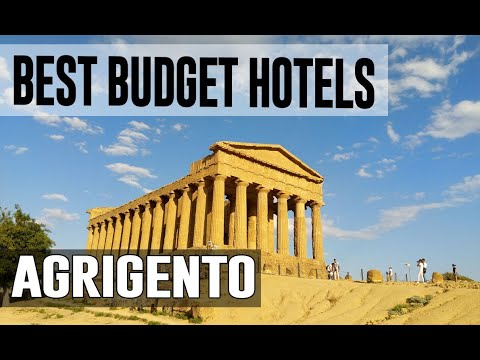BOLOGNA – Italy Travel Guide | Around The World (VIDEO)
Bologna is the capital and largest city of the Emilia-Romagna Region in Northern Italy. It is the seventh most populous city in Italy, at the heart of a metropolitan area of about one million people.
Of Etruscan origin, the city has been a major urban centre for centuries, first under the Etruscans, then under the Romans (Bononia), then again in the Middle Ages, as a free municipality and signoria, when it was among the largest European cities by population. Famous for its towers, churches and lengthy porticoes, Bologna has a well-preserved historical centre, thanks to a careful restoration and conservation policy which began at the end of the 1970s. Home to the oldest university in the world, the University of Bologna, established in AD 1088, the city has a large student population that gives it a cosmopolitan character. In 2000 it was declared European capital of culture and in 2006, a UNESCO “city of music”.
Bologna is an important agricultural, industrial, financial and transport hub, where many large mechanical, electronic and food companies have their headquarters as well as one of the largest permanent trade fairs in Europe. According to the most recent data gathered by the European Regional Economic Growth Index (E-REGI) of 2009, Bologna is the first Italian city and the 47th European city in terms of its economic growth rate.
Bologna developed along the Via Emilia as an Etruscan and later Roman colony; the Via Emilia still runs straight through the city under the changing names of Strada Maggiore, Rizzoli, Ugo Bassi, and San Felice. Due to its Roman heritage, the central streets of Bologna, today largely pedestrianized, follow the grid pattern of the Roman settlement. The original Roman ramparts were supplanted by a high medieval system of fortifications, remains of which are still visible, and finally by a third and final set of ramparts built in the 13th century, of which numerous sections survive. No more than twenty medieval defensive towers remain out of up to 180 that were built in the 12th and 13th centuries before the arrival of unified civic government. The most famous of the towers of Bologna are the central “Due Torri” (Asinelli and Garisenda), whose iconic leaning forms provide a popular symbol of the town.
The Portico di San Luca is possibly the world’s longest. It connects Porta Saragozza (one of the twelve gates of the ancient walls built in the Middle Ages, which circled a 7.5 km (4.7 mi) part of the city) with the Sanctuary of the Madonna di San Luca, a church begun in 1723 on the site of an 11th-century edifice which had already been enlarged in the 14th century, prominently located on a hill (289 metres (948 feet)) overlooking the town, which is one of Bologna’s main landmarks. The windy 666 vault arcades, almost four kilometres (3,796 m or 12,454 ft) long, effectively links San Luca, as the church is commonly called, to the city centre. Its porticos provide shelter for the traditional procession which every year since 1433 has carried a Byzantine icon of the Madonna with Child attributed to Luke the Evangelist down to the Bologna Cathedral during the Feast of the Ascension.
San Petronio Basilica, built between 1388 and 1479 (but still unfinished), is the tenth-largest church in the world by volume, 132 metres long and 66 metres wide, while the vault reaches 45 metres inside and 51 metres in the facade. With its volume of 258,000 m³, it is the largest (Gothic or otherwise) church built of bricks of the world. The Basilica of Saint Stephen and its sanctuary are among the oldest structures in Bologna, having been built starting from the 8th century, according to the tradition on the site of an ancient temple dedicated to Egyptian goddess Isis. The Basilica of Saint Dominic is an example of Romanic architecture from the 13th century, enriched by the monumental tombs of great Bolognese glossators Rolandino de’Passeggeri and Egidio Foscherari. Basilicas of St Francis, Santa Maria dei Servi and San Giacomo Maggiore are other magnificent examples of 14th century architecture, the latter also featuring Renaissance artworks such as the Bentivoglio Altarpiece by Lorenzo Costa. Finally, the Church of San Michele in Bosco is a 15th-century religious complex located on a hill not far from the city’s historical cente.
Bologna is home to the Guglielmo Marconi International Airport, recently expanded to accommodate larger aircraft. Today, it is the seventh busiest Italian airport for passenger traffic (7 million passengers handled in 2016). Bologna Centrale railway station is one of the most important train hubs in Italy thanks to the city’s strategic location. It serves 58 million passengers annually. In addition, Bologna San Donato classification yard, with 33 railway tracks, is the largest in Italy by size and traffic.







